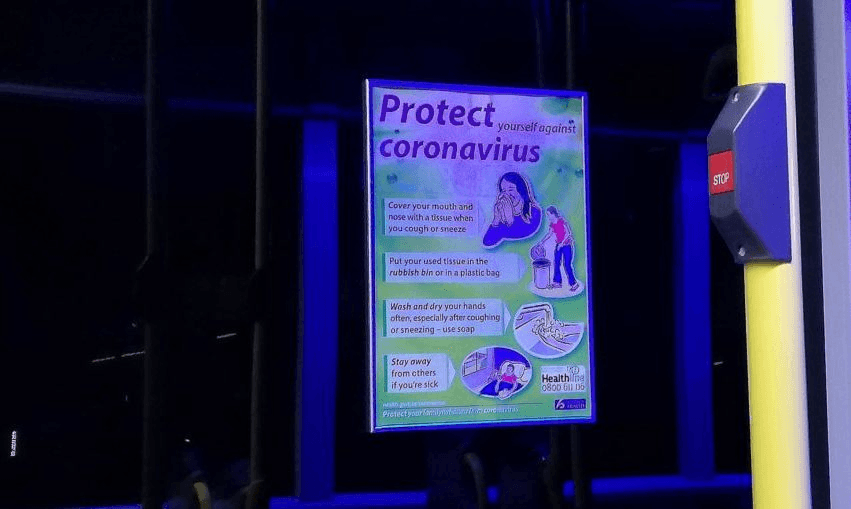The third case involves an Auckland man in his 40s. And it almost certainly means a fourth.
What’s the latest?
The Ministry of Health has revealed more information about the third positive test for Covid-19 in New Zealand. The case was confirmed early this morning but without any detail. In light of those details, it is all but certain that there is at least a fourth case.
How so?
The man who has tested positive, an Auckland-based New Zealand resident, had not left New Zealand lately. Two family members, however, had returned recently from Iran. One of those is assumed to have been the carrier of Covid-19, from whom the man who tested positive contracted it. It has been classified as “family transmission” or “local transmission”.
What’s their status now?
The man does not need hospital-level care and is at home in self-isolation. Three other members of the man’s family had previously been unwell, although “none seriously”. They are now recovered and with him in self-isolation. Health officials are tracing close and casual contacts of the three family members who had been unwell.
Couldn’t this be the same family as the first case reported?
No. These family members returned several days earlier.
When?
On Qatar Airlines flight QR0920 from Doha to Auckland, which departed 22 February and arrived Auckland 23 February. The ministry advises that anyone who was on the flight and is concerned or would like information should contact the Healthline number: 0800 358 5453. Interpreters are available.
So why isn’t this being called the “fourth case”?
Because it hasn’t been confirmed via a test. There is, however, “a very clear epidemiological link”. It’s unclear why the person hasn’t been tested, but as they are no longer symptomatic, it is not essential. It is implicitly the fourth. And there are almost certainly going to be more.
Yikes. Are we looking at a widespread community outbreak?
No. According to the Ministry of Health: “Our view remains that with continued vigilance, the chance of widespread community outbreak remains low.”
Director General of Health Ashley Bloomfield said this afternoon: “We have individual, sporadic cases. We want to find those cases. It’s good we’re finding them.”
What do we know about where the man has been?
One staff member who treated him at a medical centre is being considered a “close contact” and is in self-isolation for a fortnight. Patients who may have had contact with the man, who was symptomatic when he visited the centre, are being traced.
Two schools attended by other family members have also been notified: Auckland Grammar and Ormiston Junior College. The students concerned have no symptoms, and are at home in self-isolation. According to the ministry, there is no risk to students or staff in either of the schools.
What is “close contact”?
Essentially, friends and family who have spent time in close proximity with the positive individual. That means “within a metre, for more than 15 minutes”. As far as the flights are concerned, close contact means those in the same row of seats, the two rows in front and the two rows behind.
How many close contacts are we talking?
Bloomfield again: “For both case two and three, the number of close contacts … is relatively modest. In both cases they’ve been contacted on the night the case was confirmed positive and have gone into isolation.”
Can you catch Covid-19 from someone without symptoms?
There is no strong evidence to suggest that’s possible. More here.
What can I do?
